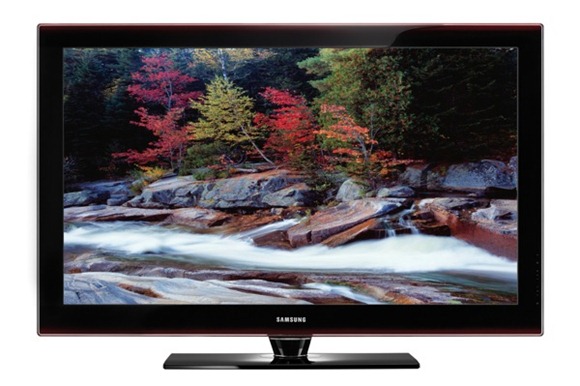The following guest post is written by Rob, who is also blogging on entertainment technology topics on iwantsky.com
Gone are the days when you need to squint to be able to see the emotions on the faces of Humphrey Bogart and Ingrid Bergman as the lovers bid each other adieu in the classic film Casablanca. These days, watching an ordinary ant painstakingly carry a leaf in Animal Planet can be an exhilarating experience as you get to see not only the slightest movement but also the demarcation line between the insect’s head, thorax and abdomen. The crystal clear imagery was made possible by the sharp minds and the tinkering hands of the scientists that have designed the modern world’s HDTV.

What is HDTV and what makes people so agog to have this new innovation in TV watching? HDTV stands for High Definition TV. Television viewing has indeed made a big leap. From the grainy black and whites, TV viewing had moved to colored TVs, progressed to SD TVs and now to HDTV. HDTV is the emerging trend in TV viewing as it delivers bigger and clearer pictures and better audio. Viewers can have a cinema-like TV viewing experience right in the comforts of their own home. With HDTV the viewer is allowed to have a better viewing range. With Standard (SD) TV, the viewer has to be at a distance that is from 3 to 6 times the size of the screen. HDTV allows the viewer to enjoy sharper and clearer images as it is possible to sit at a distance that is 1.5 or 3 times the size of the screen without noticing any image pixilation.
Although HDTV appears to be a fairly new innovation, this system has actually existed in various forms years ago. Development of the HDTV was started in Europe as early as 1940s. However, the NTSC and the PAL/SECAM, the two analog TV standards became dominant and became popular worldwide. The analog TV was replaced by the digital TV platform in the 1990s. Even during the analog era, attempts have been made to develop HDTV. Japan has come out with MUSE system. However, due to channel bandwidth requirement concerns, the program was shelved. The entry of four organizations into the HDTV market spurred the development of a beneficial coalition. The AT&T, ATRC, MIT and Zenith HDTV combined forces. In 1993, a Grand Alliance was formed. This group is composed of researchers and HDTV manufacturers. A common standard for the broadcast system of HDTV was developed. In 1995, the system was tested and found successful. With the higher screen resolution of HDTV, viewing has never been more enjoyable.
[Image courtesy: samsung]
